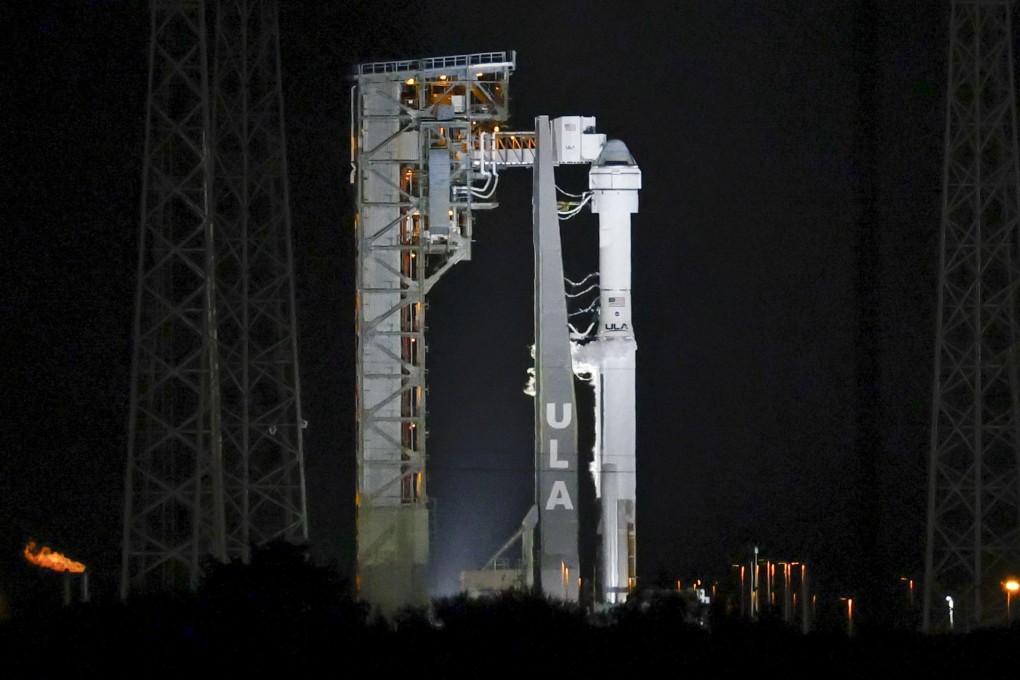Historic Boeing Starliner crewed mission postponed shortly before launch over rocket issue
- Boeing called off its first astronaut launch because of a valve problem on the Atlas V rocket
- Nasa test pilots were strapped into the Starliner capsule when the countdown was halted

The first crewed flight of Boeing’s Starliner spaceship was dramatically called off just two hours before launch after a new safety issue was identified, officials said on Monday, pushing back a high-stakes test mission to the International Space Station.
Astronauts Butch Wilmore and Suni Williams were strapped into their seats preparing for liftoff when the call for a “scrub” came, because engineers noticed audible buzzing from a liquid oxygen relief valve on the Atlas V rocket meant to propel the capsule into orbit.
In a late night press conference, Tory Bruno, president and CEO of United Launch Alliance (ULA) that built the rocket, said the unusual vibrations were a sign the valve parts might be wearing down to the point of failure, but insisted “the crew was never in any danger”.
Engineers were to work through the night to determine the degree of deterioration and decide whether to re-fit the same part on the launchpad, or wheel the rocket back to its assembly building to install a new valve, he added.

On Tuesday, Nasa announced that the launch had been rescheduled to Friday.